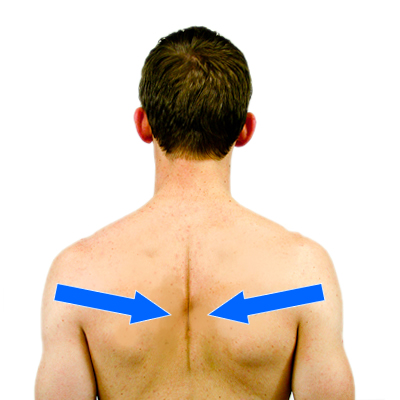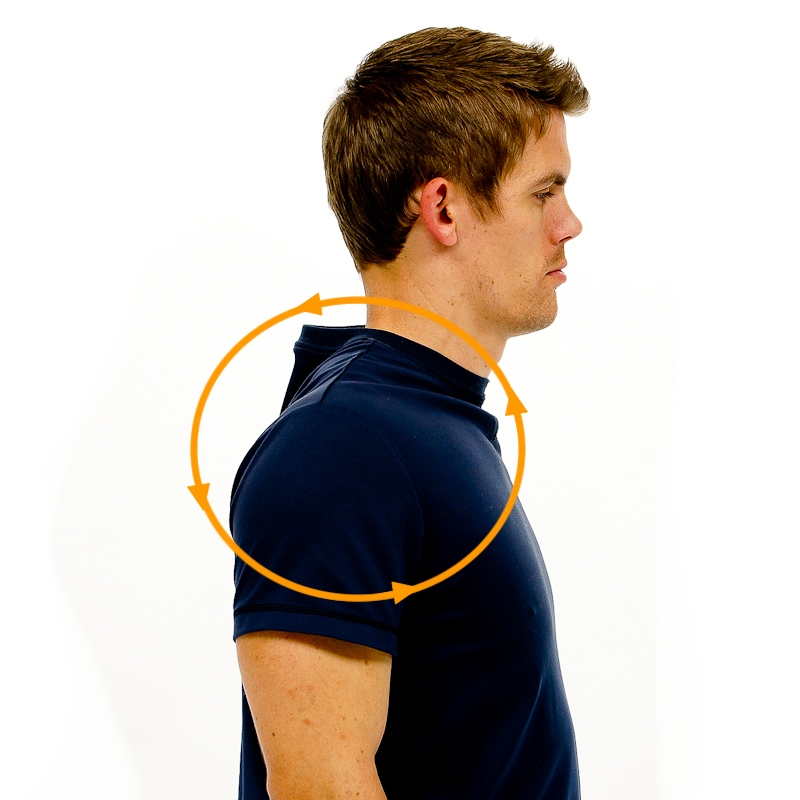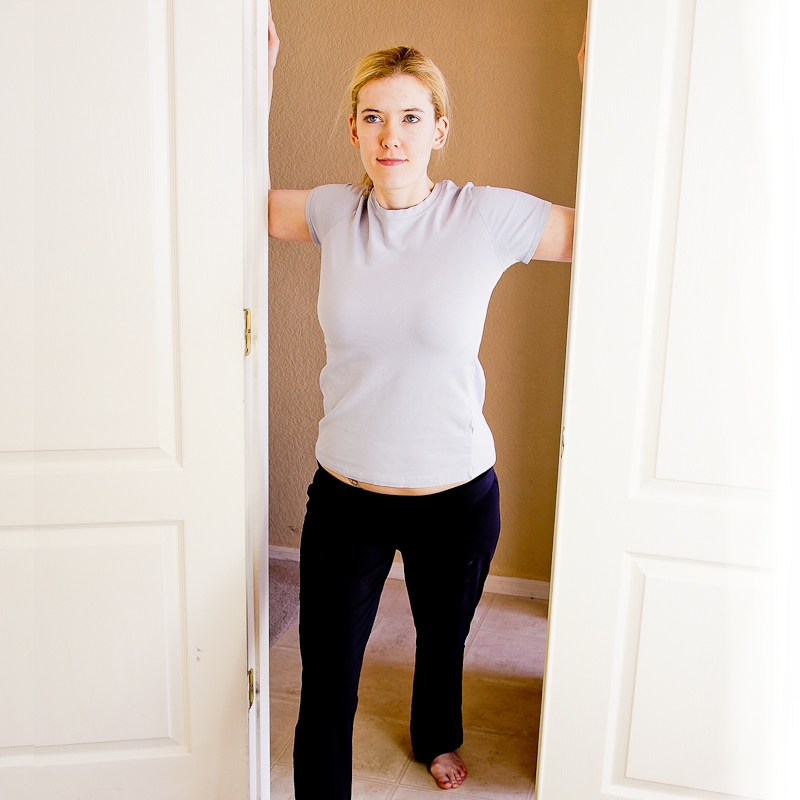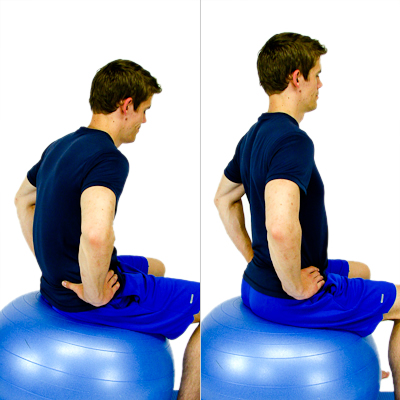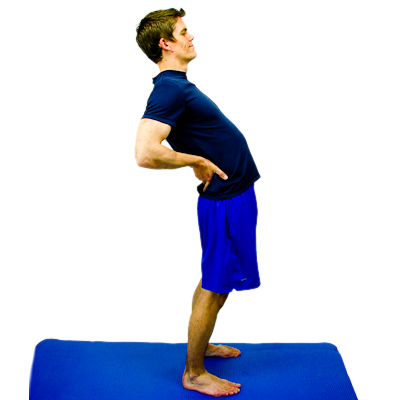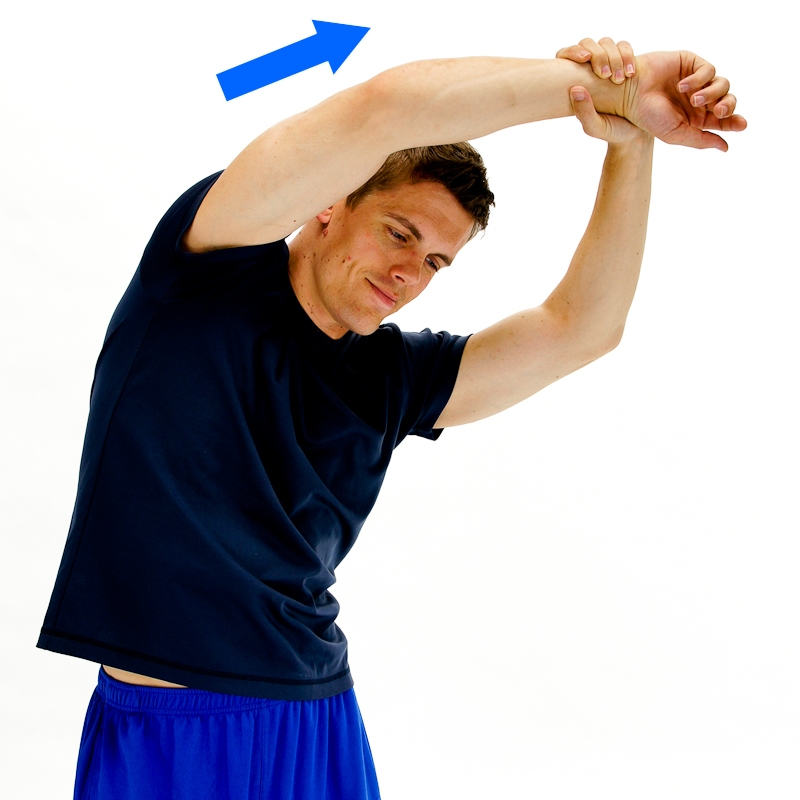I'm writing this after my two blog posts about posture (upper and lower crossed syndromes). If you haven't read those, make sure you check them out first so that this makes more sense to you! This post will be short, sweet, and straight to the point.
In today's society, we sit all day and develop all sorts of postural imbalances that lead to aches and pains. Here are some exercises that you can do at work to combat some of the signs and symptoms of upper and lower crossed syndromes. You don't need to do all of them at once; maybe do a set or two every couple of hours throughout the day just to get you moving.
Neck
Cervical retractions: Draw your head back, like you're making a double chin, until your ears are in line with your shoulders. Repeat 10 times.
Stretch for lev scap: Place your left hand behind your back and your right hand on the top of your head. Use your right hand to pull your head down and to the right as if you are smelling your armpit. Hold for up to 30 seconds. Repeat on the other side.
Stretch for neck flexors: Place your hands overlapping on your chest. Tilt you head upwards and to the right until a gentle stretch is felt along the front and side of your neck. Hold for up to 30 seconds. Repeat on the left side.
Shoulders and Upper Back
Scapular retractions: Draw your shoulder blades back and down and squeeze your shoulder blades together. Hold for 5 seconds. Repeat 10 times.
Shoulder rolls: Move your shoulders in a circular pattern so that you are moving in an up, back, and down direction. Repeat 10 times.
Stretch for pecs: While standing in a doorway, place your arms up on the door frame and place one foot forward through the doorway. Next, bend the front knee until a stretch is felt along the front of your chest and/or shoulders. Hold for up to 30 seconds.
Lower Back and Hips
Pelvic tilts: Sit up straight and place your hands on your hips. Next, arch your low back and then flatten it repeatedly. Your pelvis should tilt forward and back during the movement. Move through a comfortable range of motion. Repeat 10 times.
Lumbar extensions: While standing, place your hands on the back of your hips and lean back to arch your back. Repeat 10 times.
Stretch for lats and quadratus lumborum: Start in an upright position with arms overhead. Next, grab the right wrist with your left hand and draw it over to the left side, bending at your trunk until a gentle stretch is felt along the side of your body. You may need to slightly bend forward as well to feel a stretch. Hold for up to 30 seconds. Repeat on the opposite site.
Try these out during your work days to combat the signs and symptoms of postural syndrome! These exercises should not cause any pain. If you have any concerns, don't hesitate to consult a professional!




